The Mediterranean coastline shared by France and Italy offers some of Europe’s most coveted vacation experiences, drawing travelers with promises of azure waters, scenic villages, and the distinctive dolce vita that defines this sun-drenched region. While the French Riviera (Côte d’Azur) and Italian Riviera (Liguria) share a continuous stretch of Mediterranean shoreline, crossing the border between them reveals surprising contrasts in atmosphere, culture, and visitor experience.
These neighboring coastal regions have developed distinct personalities despite their geographical proximity. Here is a list of 14 contrasts between these iconic Mediterranean destinations that make experiencing both sides truly worthwhile.
Beach Experiences
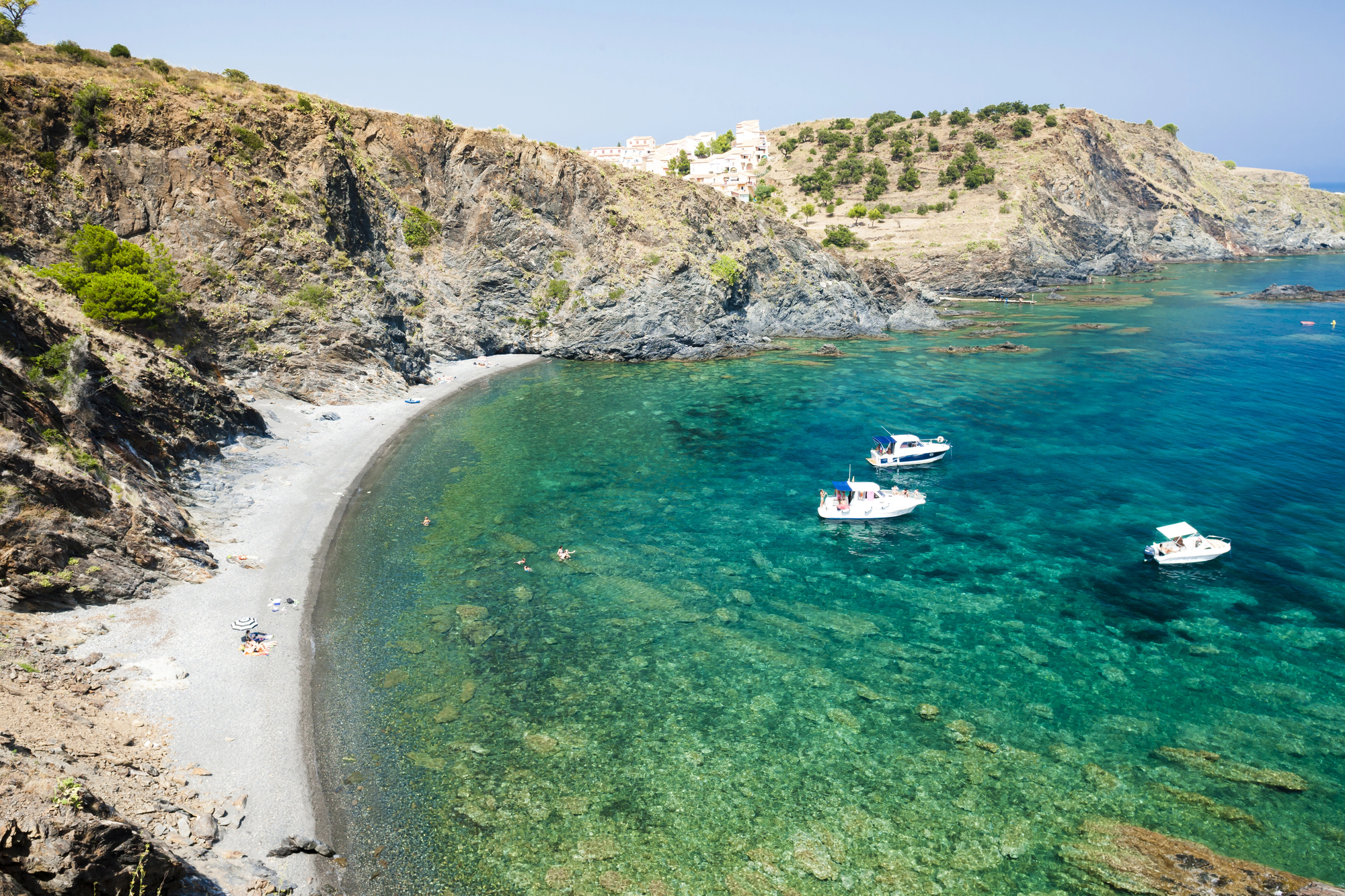
The French Riviera boasts those expansive sandy beaches around Cannes and Antibes – where perfectly manicured stretches accommodate thousands of sun worshippers on designer loungers with attentive service. Private beach clubs dominate prime locations, creating exclusive experiences for those willing to pay premium prices.
The Italian Riviera counters with dramatically different coastal geography – tiny pebble coves tucked between rocky promontories and colorful fishing villages built directly into cliffs. These intimate beaches in places like Cinque Terre feel earned through effort rather than purchased through privilege.
Crowd Demographics
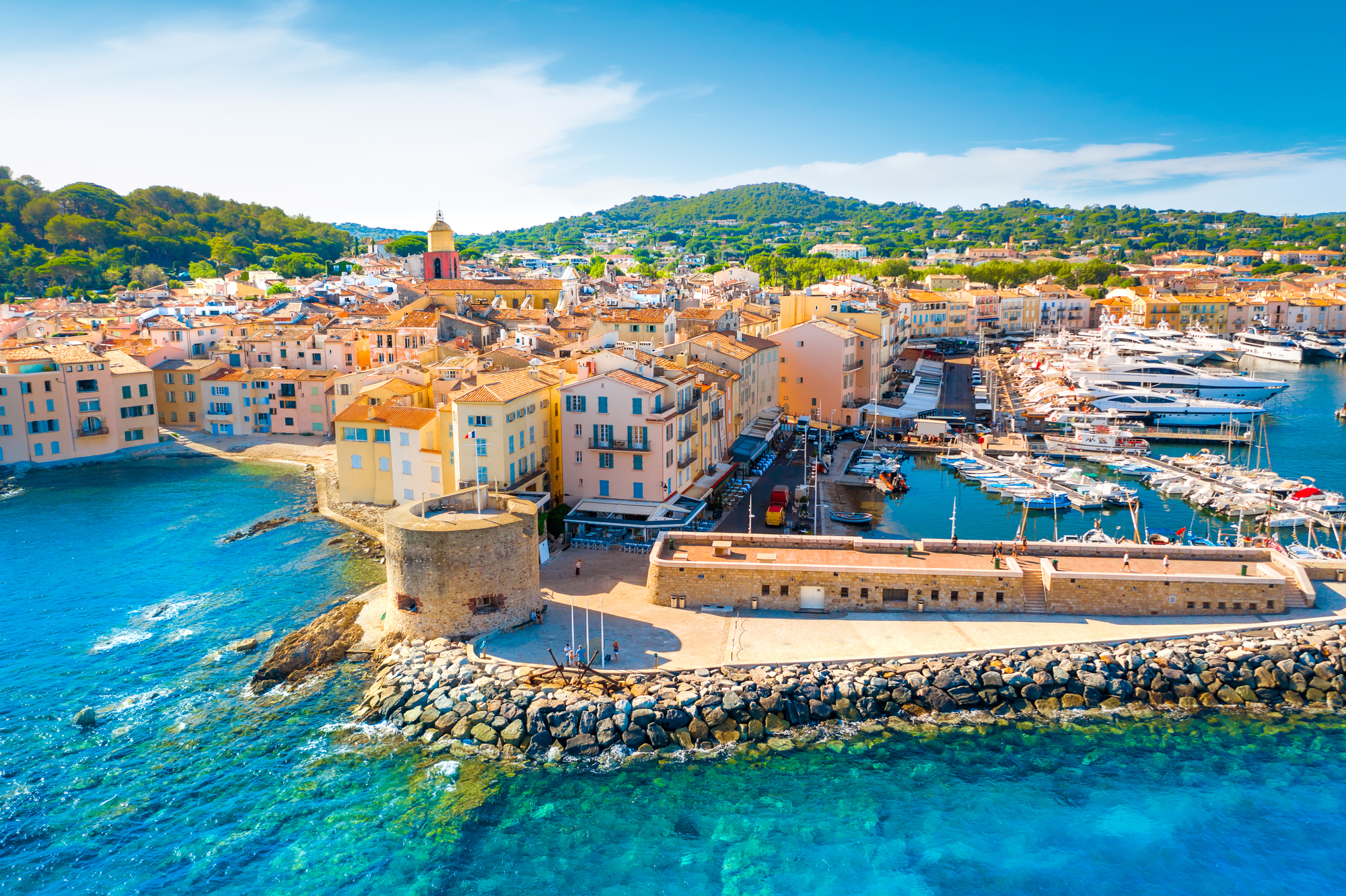
The French side attracts that distinctive international jet-set crowd – Russian oligarchs mingle with Hollywood celebrities and Middle Eastern royalty in places like Saint-Tropez and Monaco. The summer scene revolves around being seen at the right establishments and making appropriately grand entrances.
Italy’s Riviera draws a more diverse visitor mix – Italian families on annual holidays share space with German hikers, American culture seekers, and budget-conscious travelers appreciating the region’s relatively accessible price points compared to its French neighbor.
Architectural Personalities
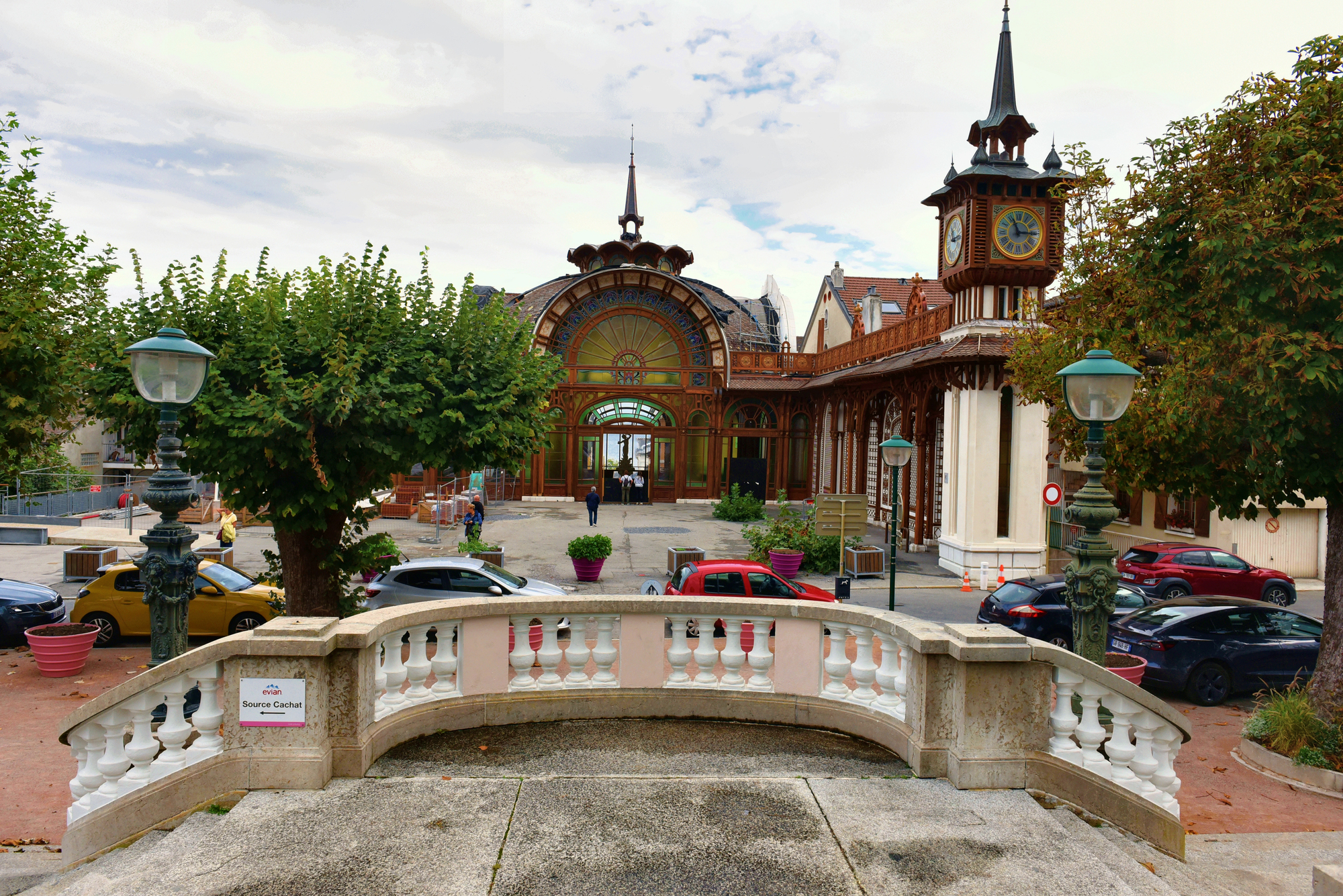
The French Riviera showcases those grand Belle Époque villas and modernist masterpieces – where 19th-century luxury hotels with elaborate façades stand alongside stark white contemporary mansions designed by star architects. The region embraces architectural statements that project wealth and international sophistication.
The Italian Riviera preserves those distinctive pastel-colored buildings rising vertically from tiny harbors – where space constraints force creative solutions and houses seem stacked atop one another in delightful visual chaos. The architecture feels organic rather than planned, evolving over centuries rather than making bold statements.
Like Travel Pug’s content? Follow us on MSN.
Dining Rhythms

France maintains more formal dining traditions – multi-course meals served with precise timing and elaborate presentation create gastronomic experiences rather than simple sustenance. Reservations prove essential at coveted establishments, and meals unfold as carefully choreographed events.
Italy’s Riviera embraces a more spontaneous approach to eating – family-run trattorias serve whatever’s fresh from the morning markets, with flexible dining hours and a welcoming atmosphere for impromptu meals. The focus falls on ingredient quality rather than complex technique or theatrical presentation.
Harbor Scenes
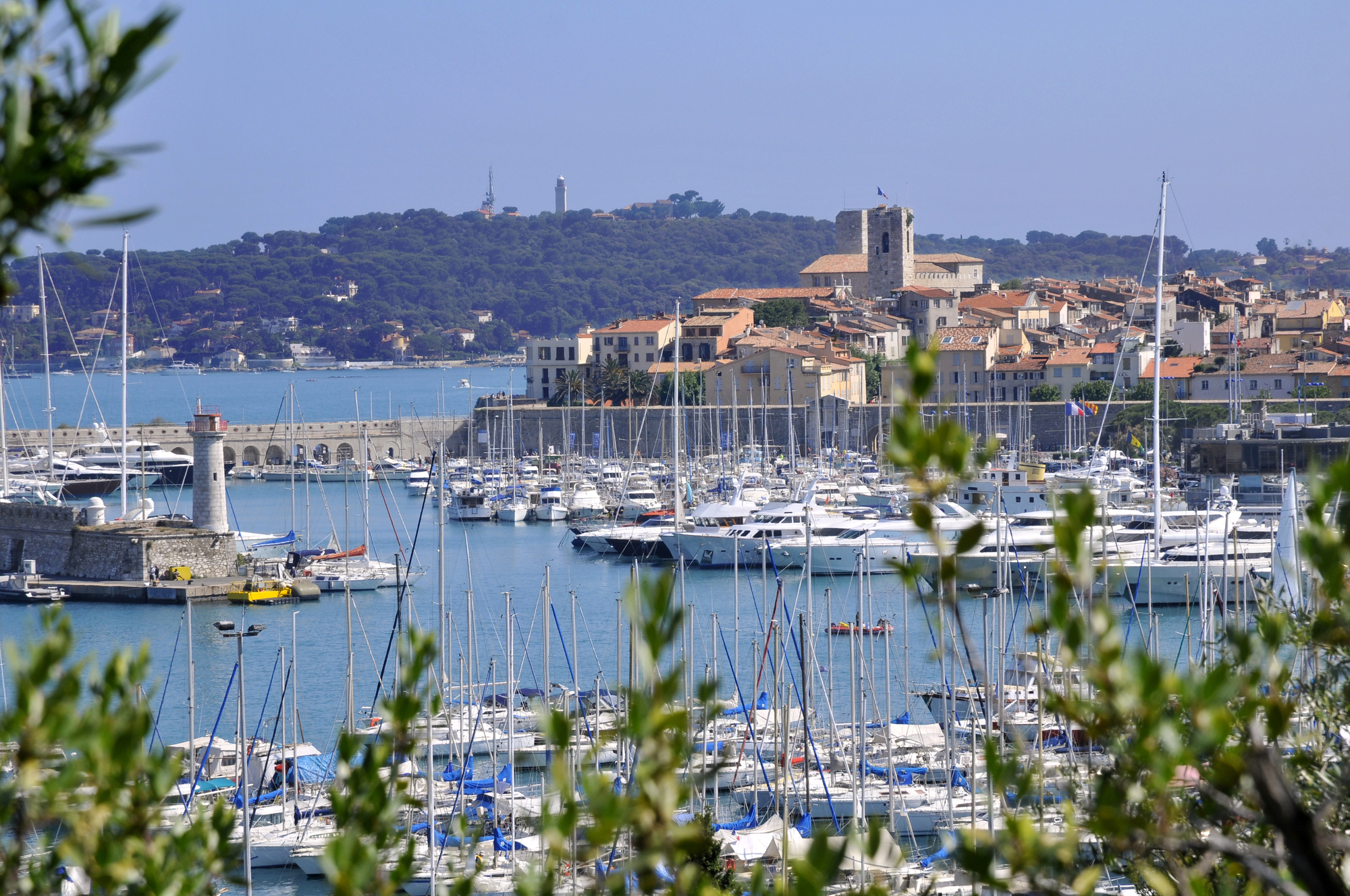
The French Riviera harbors – particularly in Antibes, Cannes, and Monaco – showcase those eye-popping superyachts with helicopter pads and professional crews standing at attention. These floating mansions create their own exclusive neighborhoods within ports designed to accommodate extreme wealth.
Italian harbors like Portofino and Camogli feature working fishing boats alongside modest pleasure craft – creating more democratic maritime communities where fishermen mend nets beside visitors enjoying aperitivo. The scale feels human rather than superhuman, with boats serving practical purposes alongside leisure.
Celebrity Culture

The French side embraces celebrity culture with enthusiasm – from the Cannes Film Festival’s red carpet spectacles to paparazzi staking out celebrity hangouts year-round. Establishments actively court famous clientele and promote these connections as part of their appeal.
Italy’s Riviera offers celebrities relative anonymity – even in famed destinations like Portofino, the atmosphere remains surprisingly low-key. Locals maintain a refreshing indifference toward famous visitors, allowing them to blend into the authentic daily rhythm rather than creating special accommodations.
Like Travel Pug’s content? Follow us on MSN.
Budget Realities

The French Riviera requires serious financial resources – hotel rates in high season reach startling heights while restaurants and beach clubs charge prices that would shock even seasoned luxury travelers. The region makes little pretense of accommodating budget-conscious visitors during peak months.
The Italian Riviera still offers accessible options – from reasonably priced family-run hotels to affordable fixed-price lunch menus featuring fresh seafood. While certainly not cheap, the Italian side presents more opportunities for memorable experiences without extraordinary expenditure.
Inland Exploration
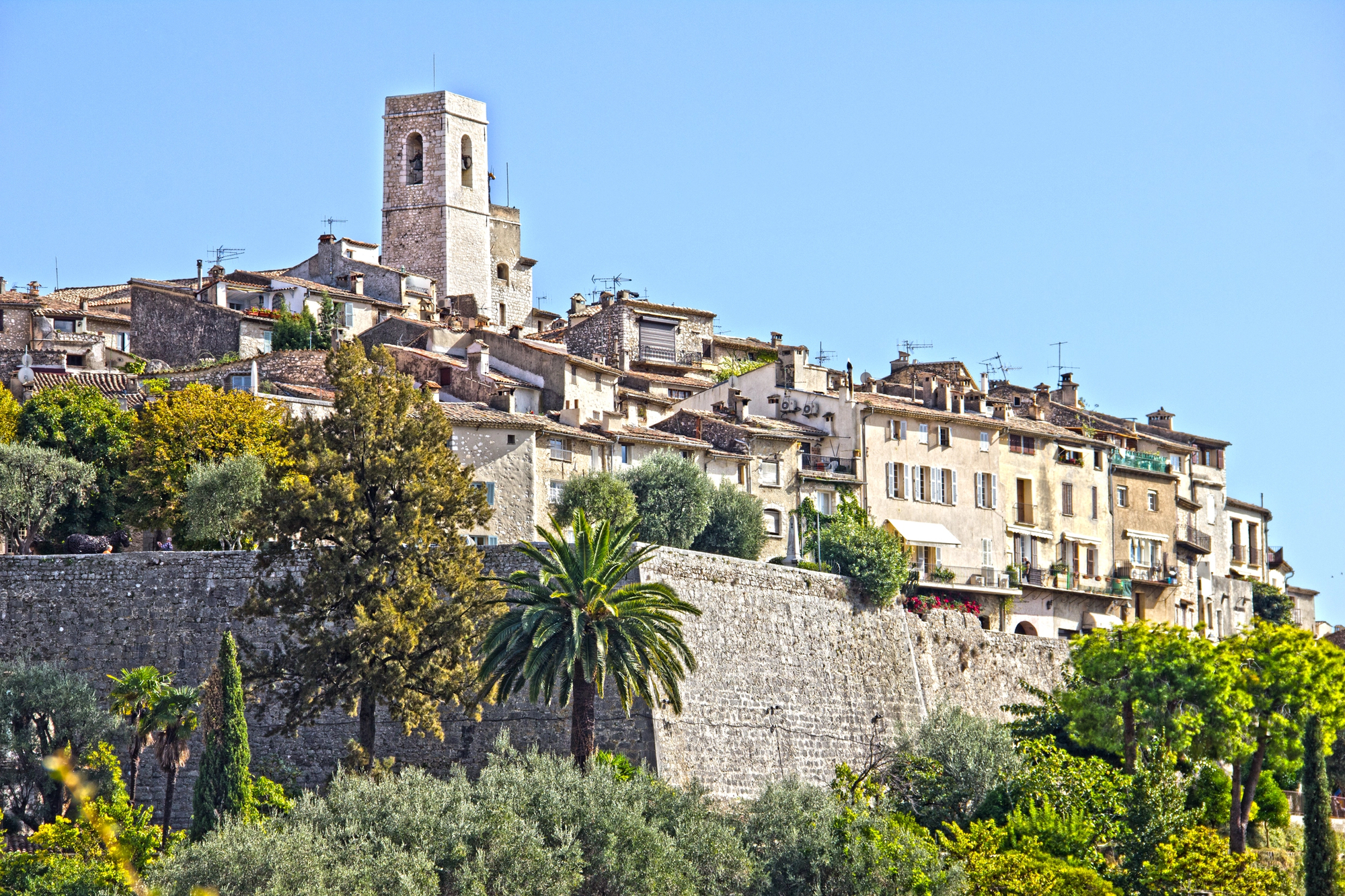
The French hinterland features those postcard-perfect hilltop villages like Saint-Paul-de-Vence and Èze – where medieval streets now house luxury boutiques and Michelin-starred restaurants catering primarily to tourists. These inland destinations have largely transformed into sophisticated extensions of the coastal experience.
Italy’s immediate interior reveals working agricultural landscapes – particularly around Cinque Terre, where ancient terraced vineyards still produce local wines and olive groves supply family producers. Inland villages maintain authentic daily routines centered around local needs rather than visitor expectations.
Maritime Cuisine

The French Riviera elevates seafood through elaborate preparation – think bouillabaisse with its complex broth requiring dozens of ingredients and hours of preparation or sophisticated presentations where the chef’s technique takes center stage. Meals become artistic statements reflecting French culinary tradition.
The Italian approach celebrates simplicity – fresh anchovies marinated with just lemon and olive oil or pasta tossed with whatever fish arrived in port that morning. Italian seafood dishes typically feature minimal ingredients applied with restraint to showcase the fundamental quality of the primary component.
Like Travel Pug’s content? Follow us on MSN.
Cocktail Culture
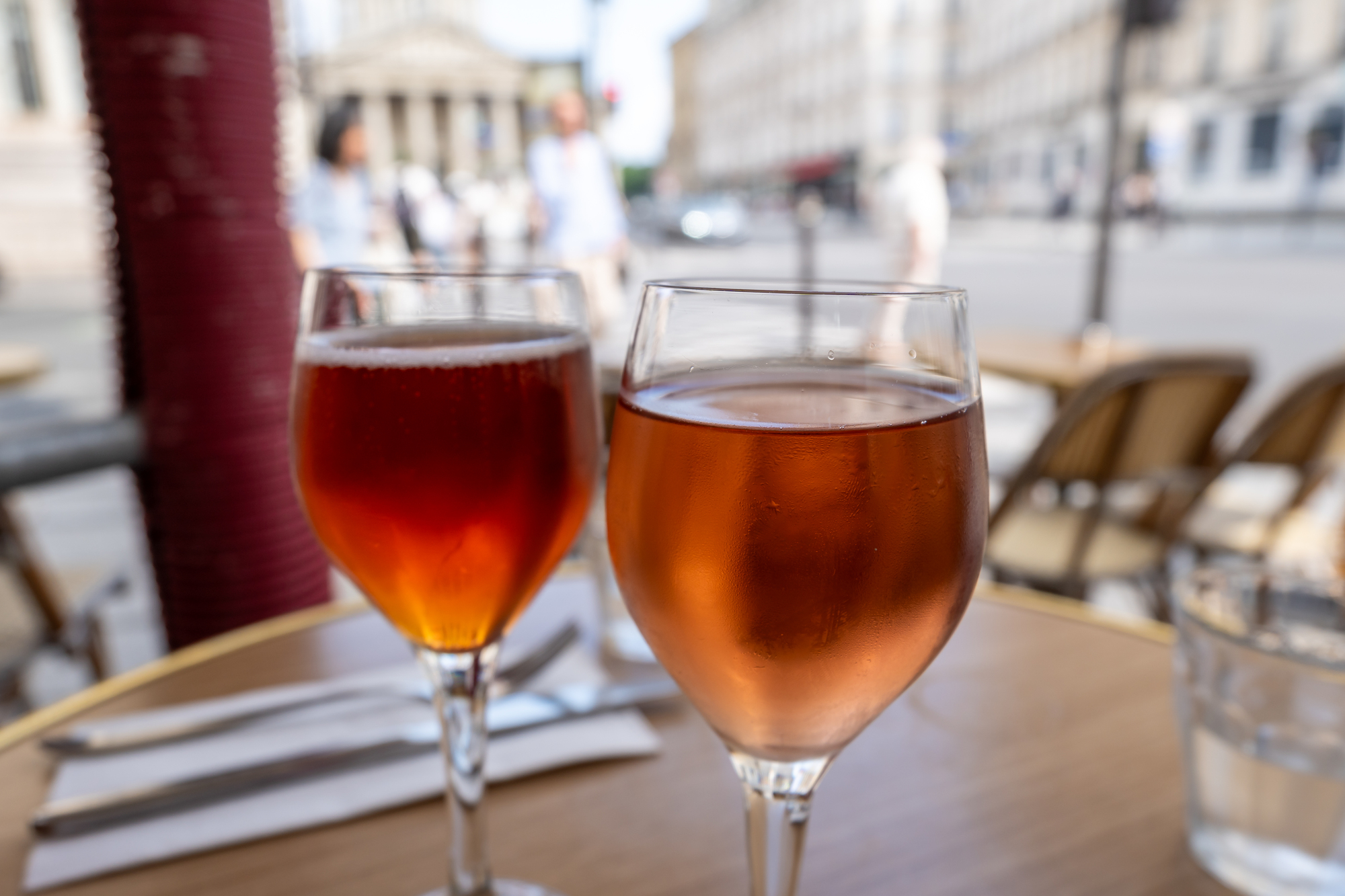
The French side embraces international cocktail trends – elaborate mixed drinks featuring premium spirits and theatrical presentations create social media moments at beach clubs and hotel bars. Champagne flows as the default celebration beverage, regardless of occasion or time of day.
Italy maintains its distinctive aperitivo tradition – the simple spritz (Aperol or Campari with prosecco) serves as the region’s signature pre-dinner ritual, bringing locals and visitors together for relaxed early evening socializing accompanied by complimentary snacks that sometimes eliminate the need for dinner altogether.
Traffic Conditions
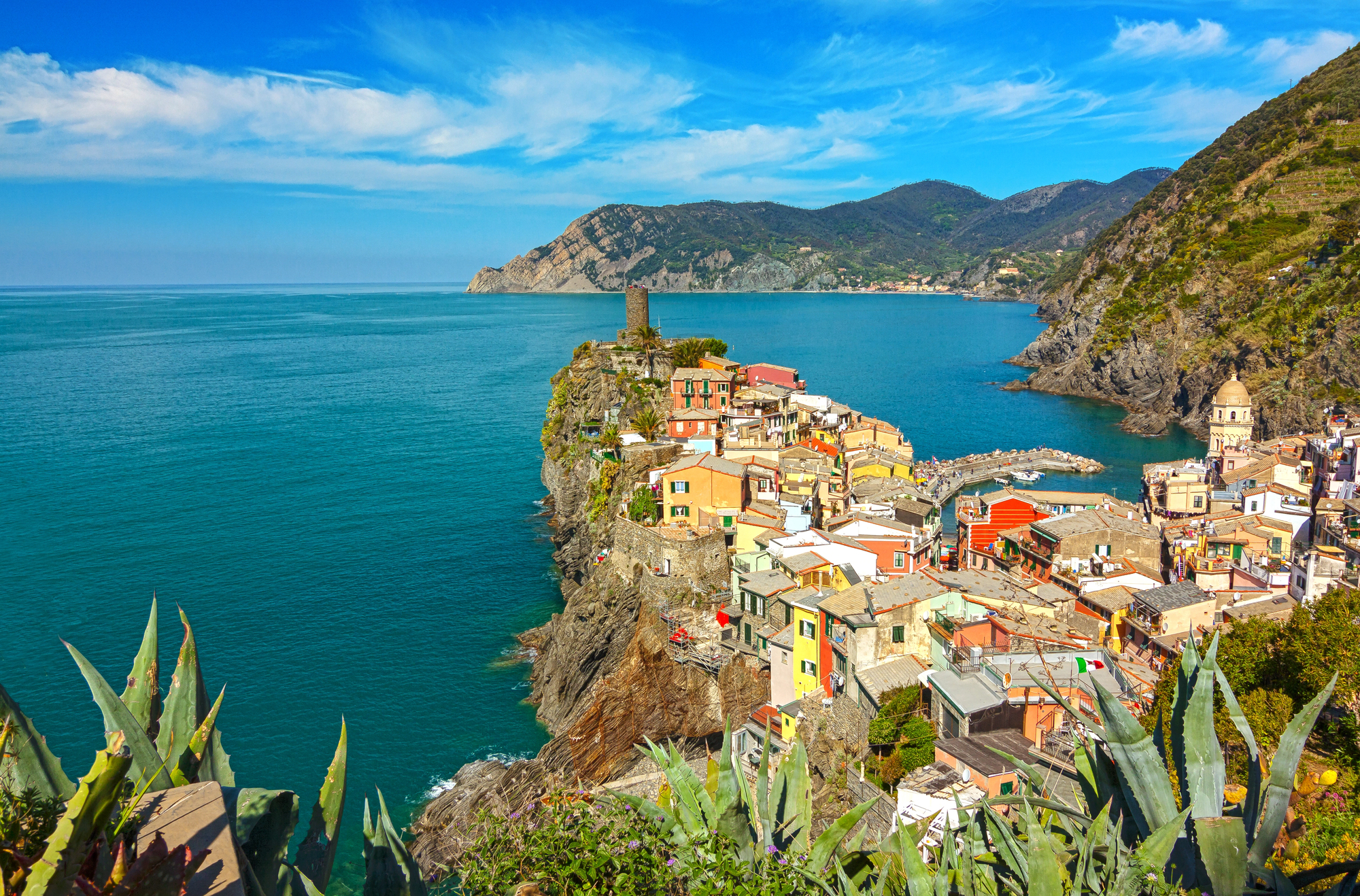
The French Riviera suffers notorious traffic congestion – particularly during summer months when the coastal road becomes practically impassable, and finding parking in popular destinations requires either extreme patience or insider connections. The infrastructure struggles to accommodate peak visitor numbers despite ongoing improvements.
The Italian Riviera largely discourages driving altogether – many of its most charming destinations, like Cinque Terre, function effectively as car-free zones, with visitors relying on efficient train service connecting coastal villages or scenic boats hopping between harbors, creating a more relaxed transportation experience.
Nightlife Energy

The French coast specializes in those glamorous nighttime experiences – exclusive clubs in Cannes and Saint-Tropez where table minimums reach astronomical figures and concierges enforce strict entry policies based on appearance and connections. The scene projects sophisticated hedonism with carefully curated music and lighting.
The Italian Riviera offers more democratic evening entertainment – multi-generational families stroll together during passeggiata (evening promenade), while simple bars serve local wines at outdoor tables where conversation rather than dance music provides the soundtrack for nighttime socializing.
Like Travel Pug’s content? Follow us on MSN.
Artistic Heritage
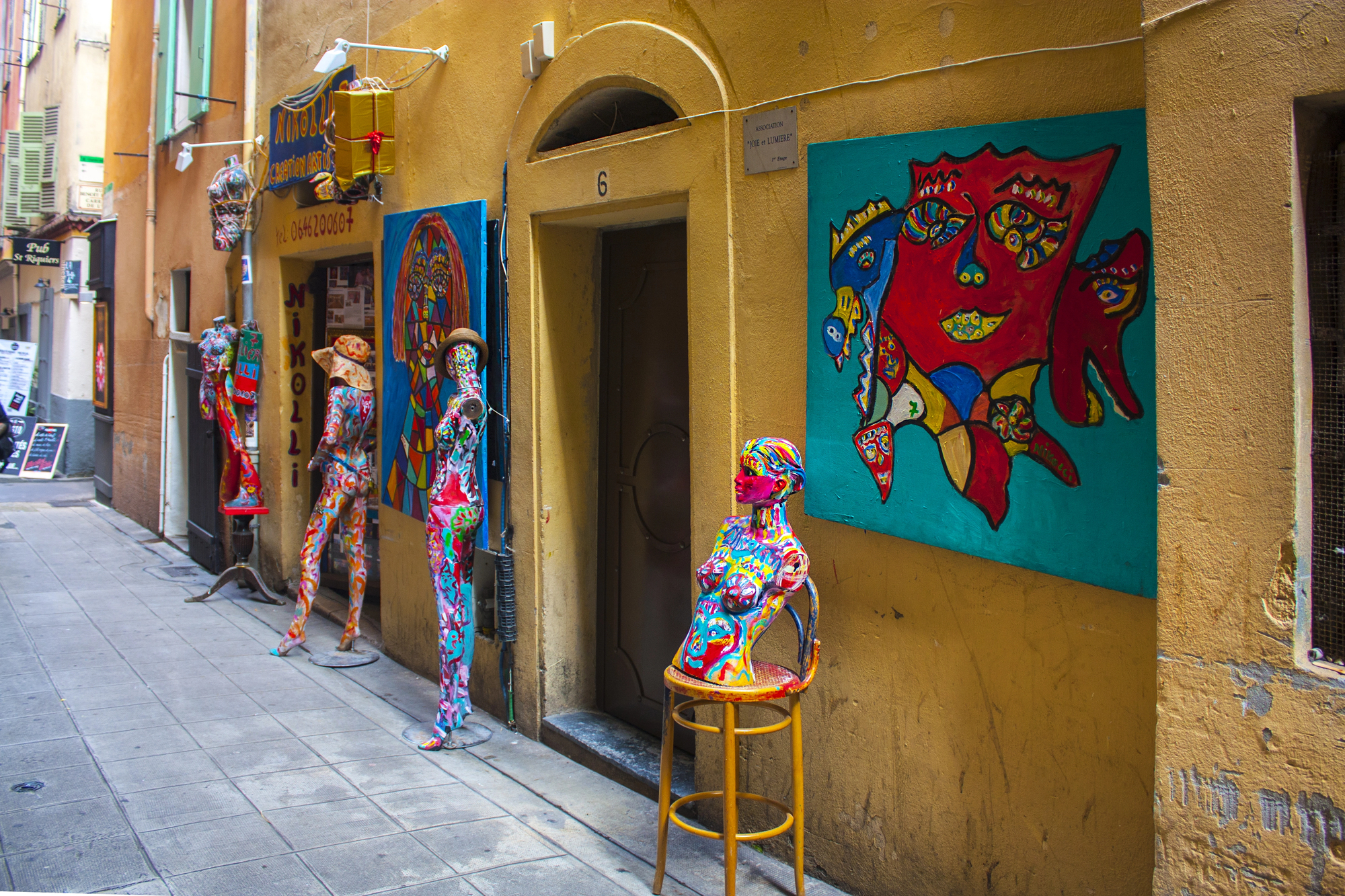
The French Riviera boasts that extraordinary legacy of modern art – painters like Matisse, Picasso, and Chagall created revolutionary works while living in the region, attracted by its distinctive light and cosmopolitan atmosphere. Museums and foundations throughout the area showcase world-class collections.
The Italian side claims more ancient creative traditions – particularly the trompe l’oeil building decorations throughout Liguria, where painted architectural details create convincing illusions on flat façades. This distinctive local art form dates back centuries and requires no museum visit to appreciate.
Language Expectations

The French side generally expects visitors to attempt basic French phrases – even in international destinations like Monaco and Cannes, making an effort with the local language earns significantly warmer reception from locals. English serves as a reluctant backup rather than the default communication mode.
The Italian Riviera demonstrates more linguistic flexibility – while appreciation for Italian attempts always exists, locals often proactively accommodate visitors with limited language skills through enthusiastic gestures, menu translations, and basic English vocabulary, creating a more forgiving environment for monolingual travelers.
Two Rivieras, One Journey
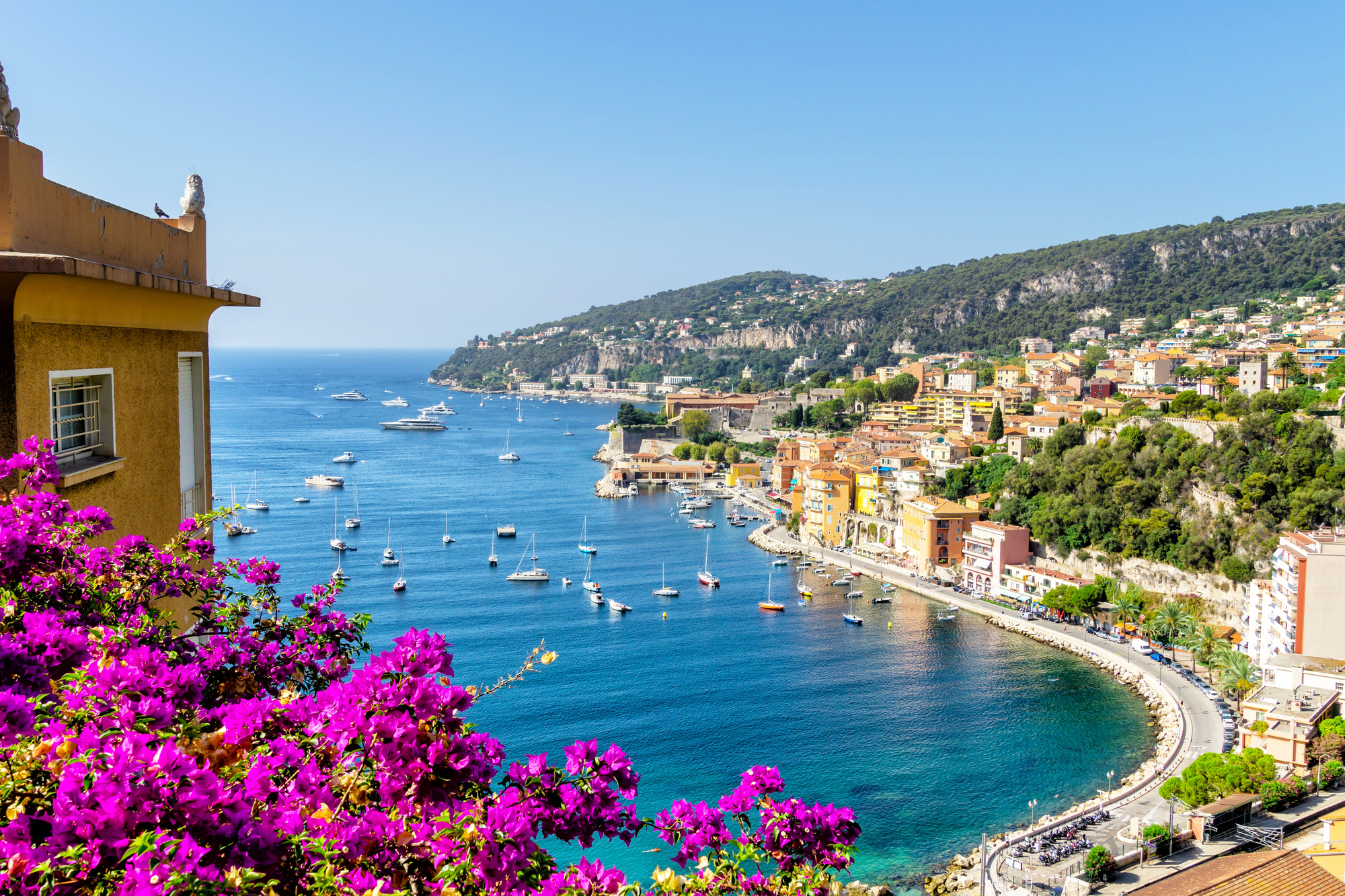
These neighboring coastal regions offer complementary rather than competing travel experiences. The French Riviera delivers polished luxury, international sophistication, and unapologetic glamour alongside extraordinary artistic heritage and culinary excellence.
The Italian Riviera counters with authentic charm, dramatic natural beauty, and a more accessible atmosphere where local traditions remain largely intact despite tourism’s influence. The contrast between these distinctive coastal cultures – experienced within a single journey – provides travelers with a nuanced understanding of how differently two neighboring regions can develop despite sharing the same magnificent Mediterranean shoreline.
Perhaps the ultimate Riviera experience involves appreciating both – letting each destination’s unique personality enhance understanding of its captivating neighbor.
More from Travel Pug

- Cities Growing so Fast You Won’t Recognize Them in 10 Years
- 13 Destinations Where Tourists Regularly Regret Their Trip
- 20 Obscure WWII Sites Even History Buffs Don’t Know About
- 10 Under-the-Radar Mountain Towns That Are Both Affordable and Beautiful
- Remote Villages in Europe Where You Can Live for Free in Exchange for Work
Like Travel Pug’s content? Follow us on MSN.
